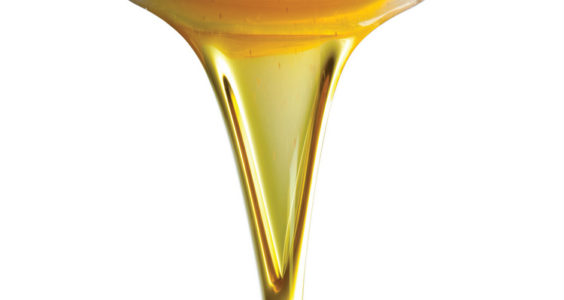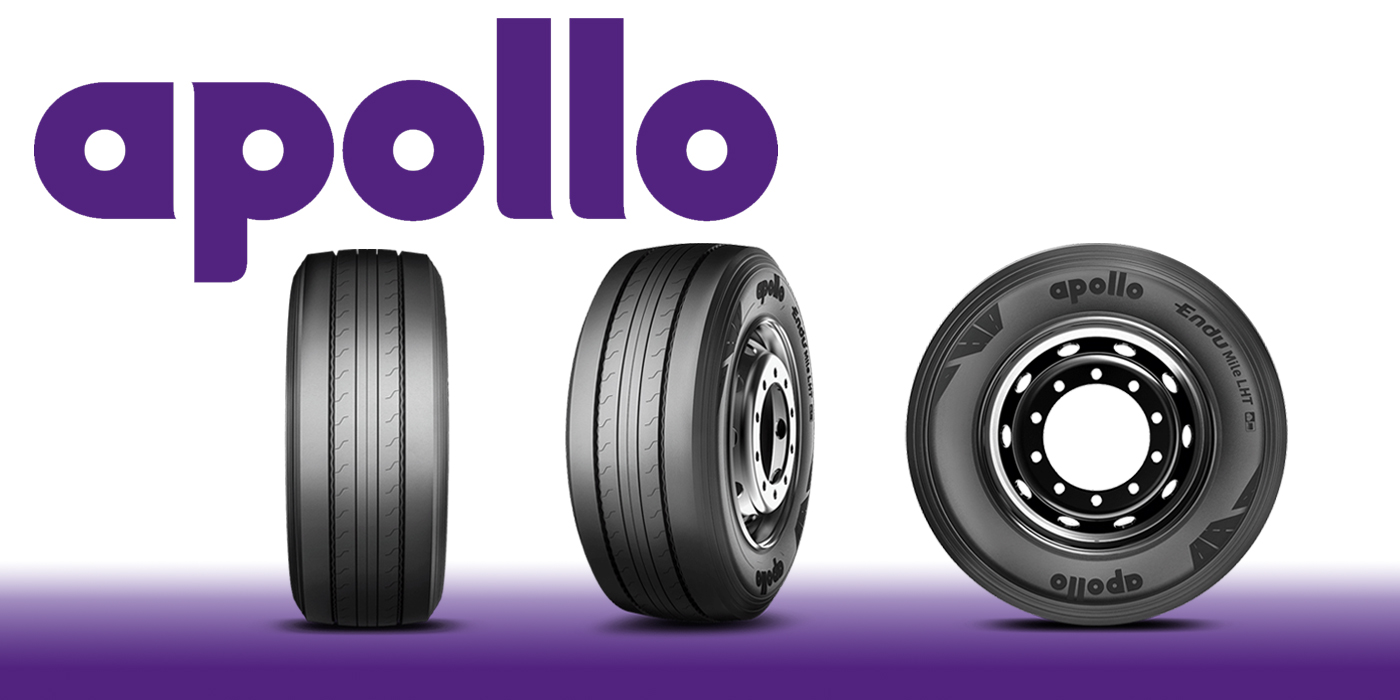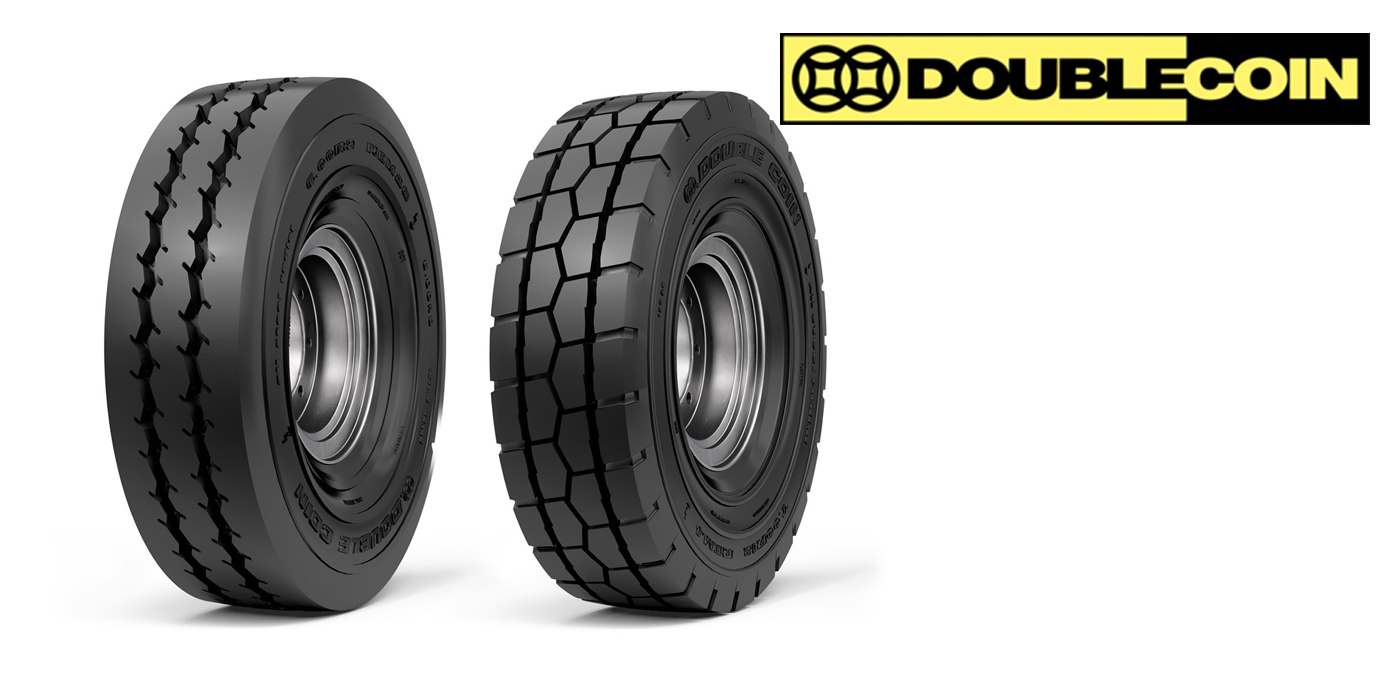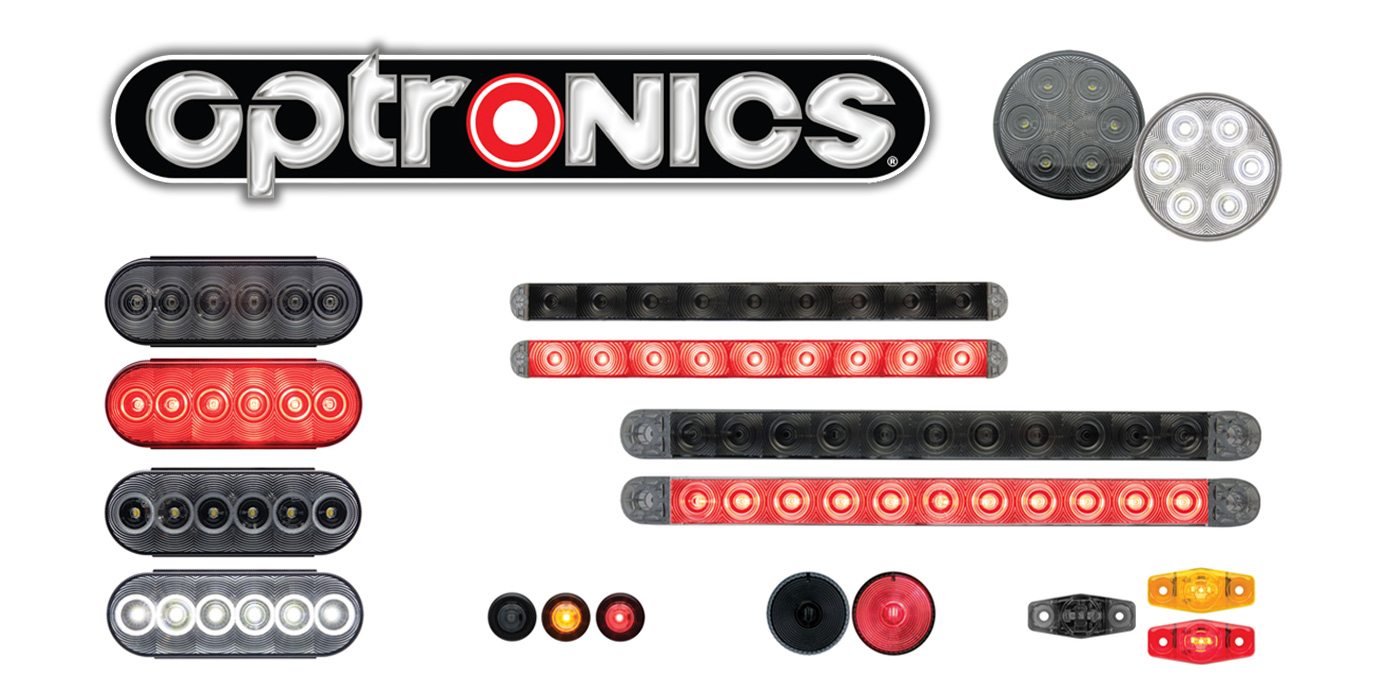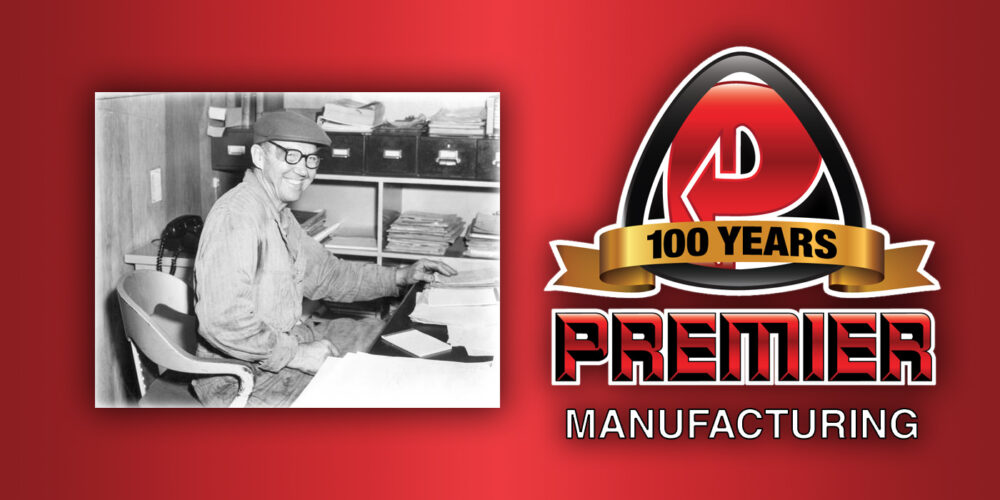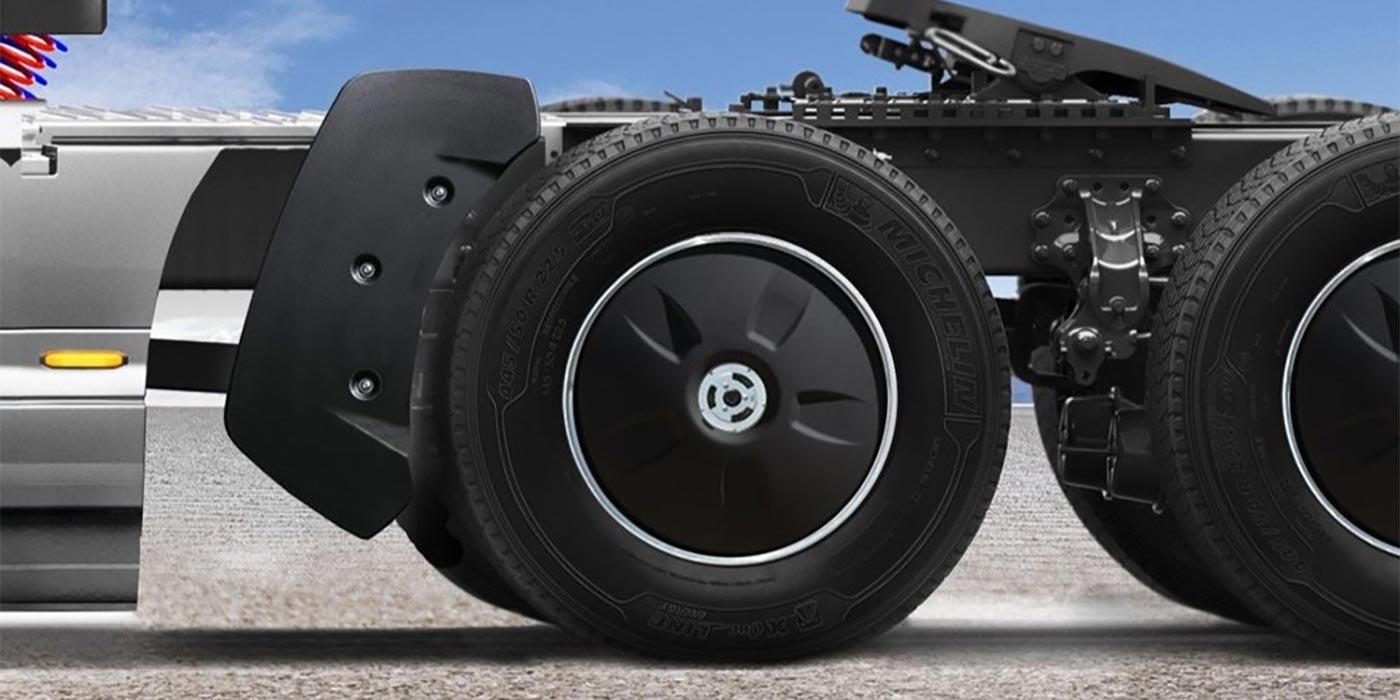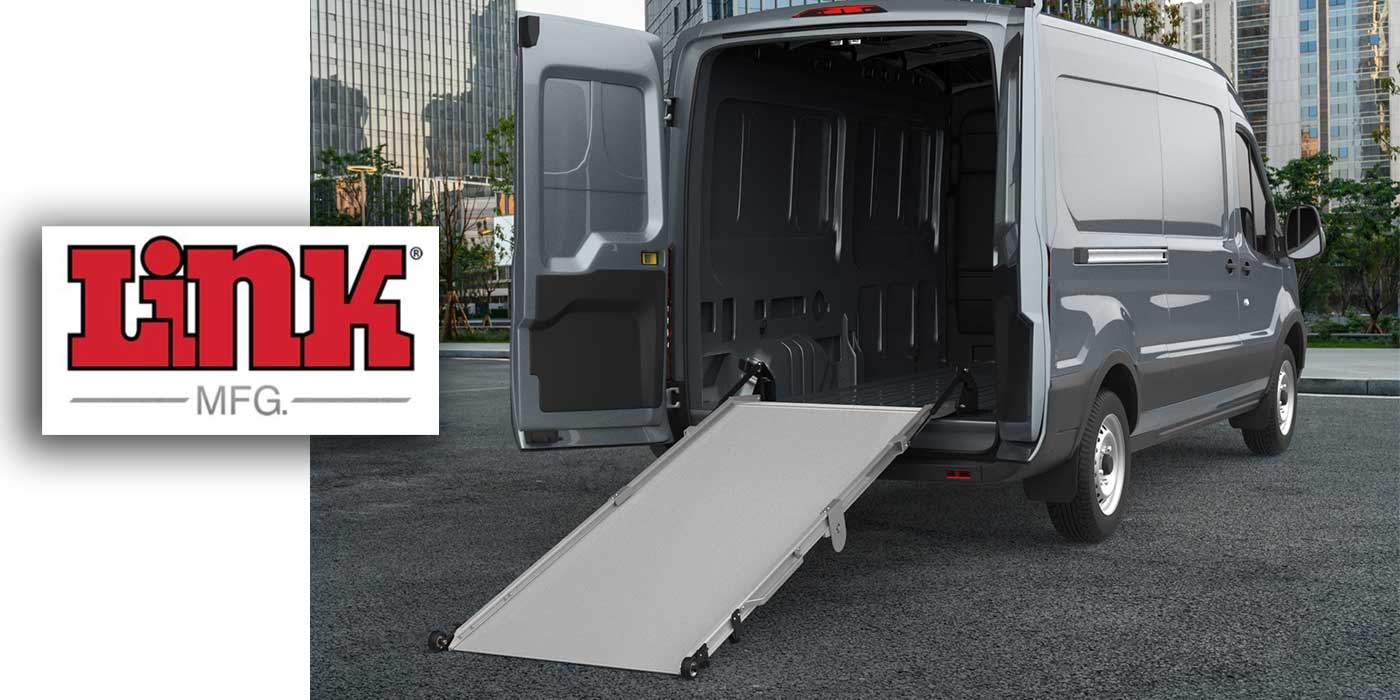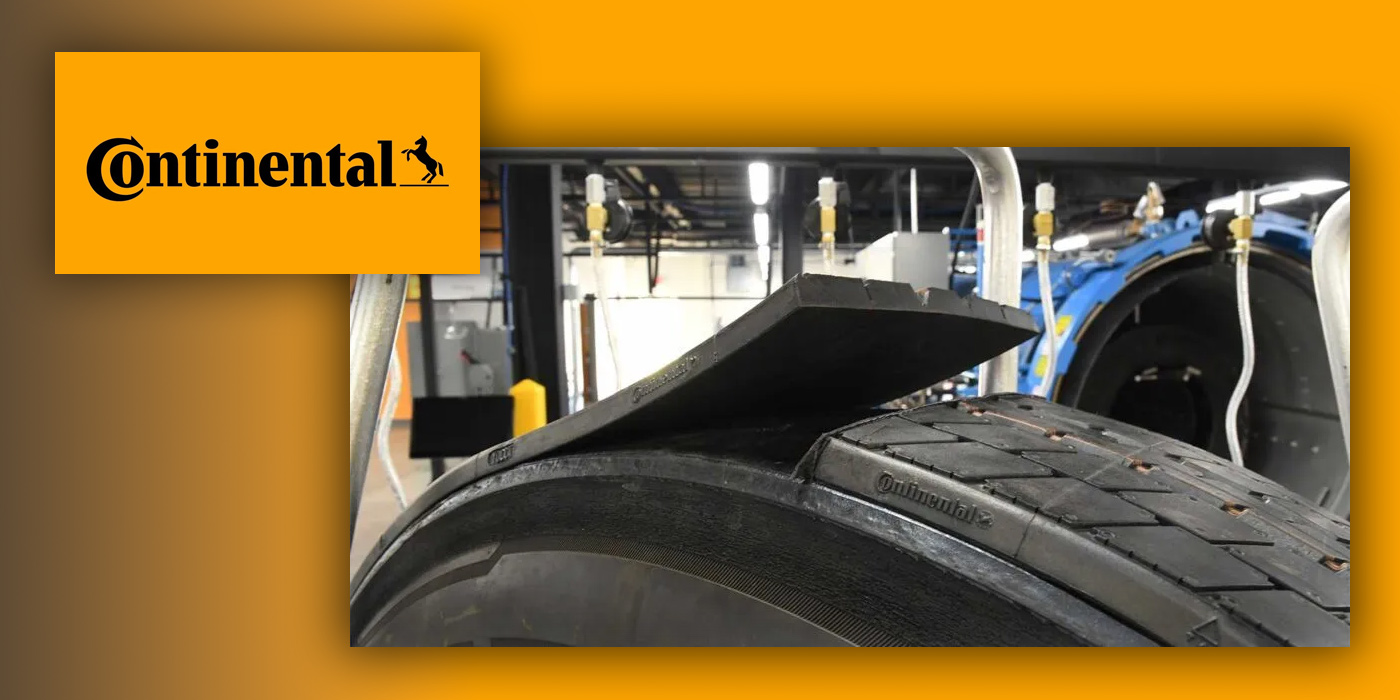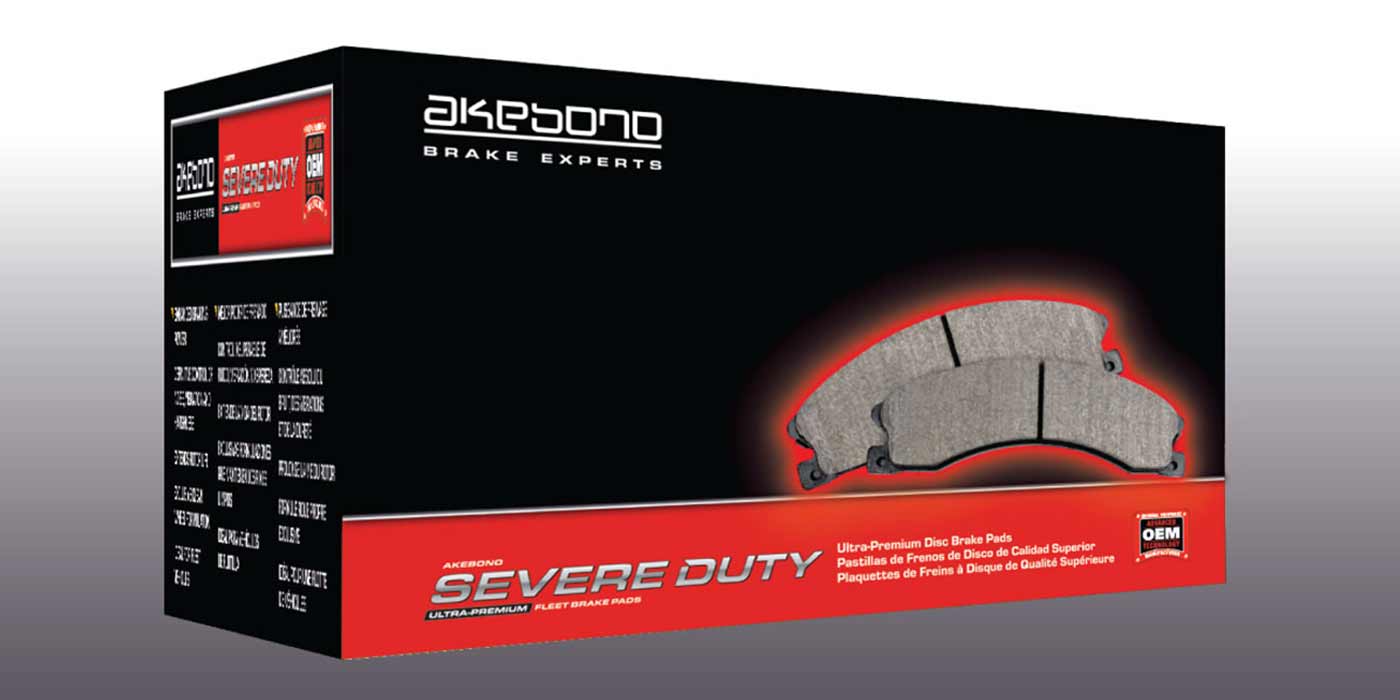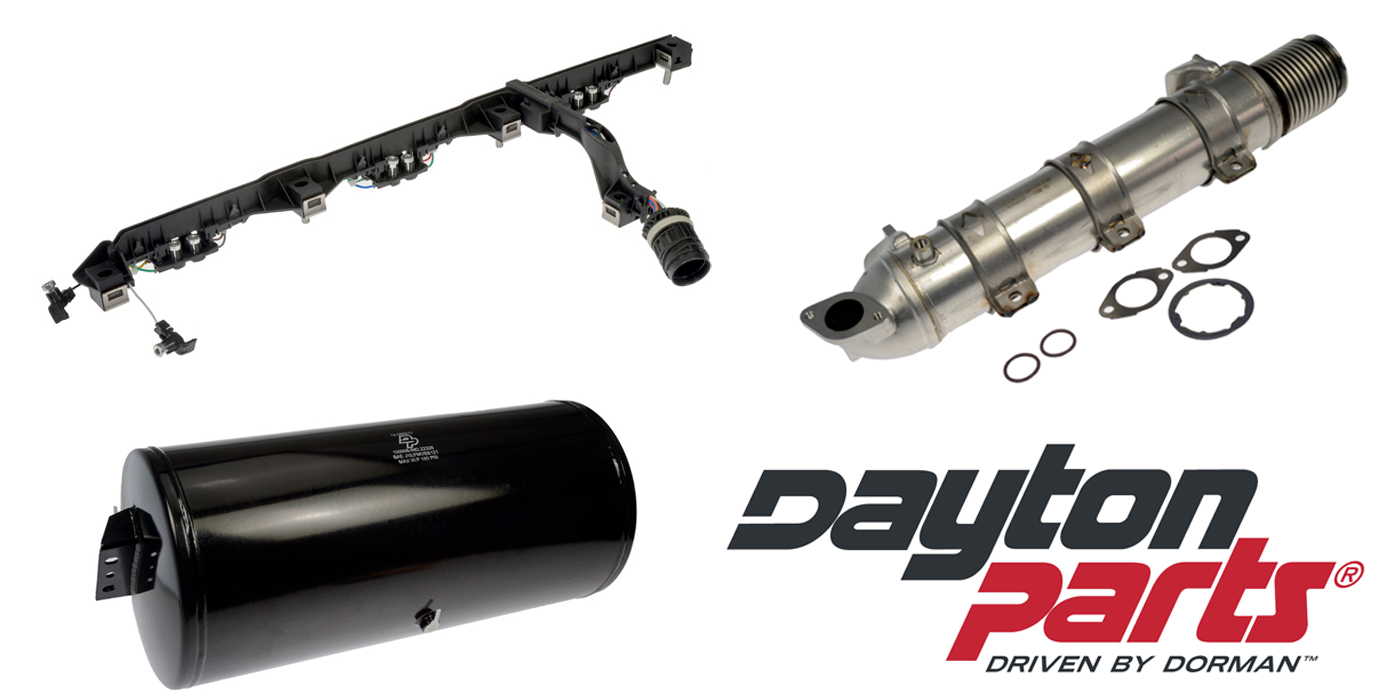When it comes to lubricants, especially for axles, the stance among fleet owners and operators has traditionally been that thicker viscosity is better. After all, thick lubricants do protect. Gear oil must protect critical hardware within the axle while operating in extremely demanding conditions. Minor damage to an axle can create major headaches from increased downtime and expensive repair.
SAE 80W-90 gear oils use mineral oil as a base, which means more frequent oil changes leading to increased maintenance time. They also thicken substantially at lower temperatures, which can hurt efficiency.
The good news is that thinner synthetic gear oil products are already on the market. Viscosity grades such as SAE 75W-90 and SAE 75W-85 can help fleets gain efficiency benefits without sacrificing the protection that SAE 80W-90 provides. Because of this, lower viscosity synthetic gear oils are growing in popularity.
The benefits of lower viscosity gear oils are being recognized by original equipment manufacturers (OEMs) and oil marketers alike. Most OEMs use synthetic-based gear oil and require its use to maintain warranties. In general, these products tend to have higher tier approvals and feature more claims with respect to cleanliness and hardware protection. Synthetic-based SAE 75W-90 gear oils also prevent oxidation and oil thickening that mineral oils are susceptible to, and thus have longer life versus SAE 80W-90.
SAE 75W-90 maintains a more consistent thickness, or viscosity, across a wide temperature range. It’s thicker when exposed to high heat and thinner under colder, wintry conditions than 80W-90.
The use of 75W-90 gear oil is recognized by OEMs as a contributor to overall fuel economy. When run under real-world line-haul conditions, the use of 75W-90 can improve the efficiency of a Class 8 axle by an average of 0.5% over an axle using 80W-90. Considering that axles themselves are 95% efficient, a gain of 0.5% is significant.
While 80W-90 gear oils can be an attractive option because of low initial cost, when total cost is considered, 75W-90 is a smarter option. It offers efficiency and protection, as well as longer drain intervals, that reduce maintenance costs.
The importance of preventative maintenance
Gear oils for heavy duty axles are not fill-for-life fluids. This means that there is an oil change interval that is determined by the OEM, and it should be adhered to for the best possible axle performance and protection.
Unfortunately, gear oil changes for axles can potentially be overlooked when it comes to preventative maintenance for a variety of reasons. This mistake could mean the difference between the cost of a simple gear oil change and the hundreds or even thousands of dollars it could cost for road breakdown events, loss of on-time performance, repairs and downtime.
In addition to changing gear oil at the recommended OEM intervals, it would be wise to change the gear oil in the axle after purchasing a used vehicle, especially if service records for that vehicle are unavailable. This will help increase the return on
investment and extend the life of your new purchase.
Be sure to use a high-quality gear oil in your vehicle’s axles. An OEM-approved or an SAE J2360 approved gear oil are the best options for your fleet. These gear oils are proven over millions of miles in the field to perform as promised. Visit p-r-i.org/lubricant and click on the Qualified Product Listing (QPL) link to access a list of SAE J2360 approved brands and products.

